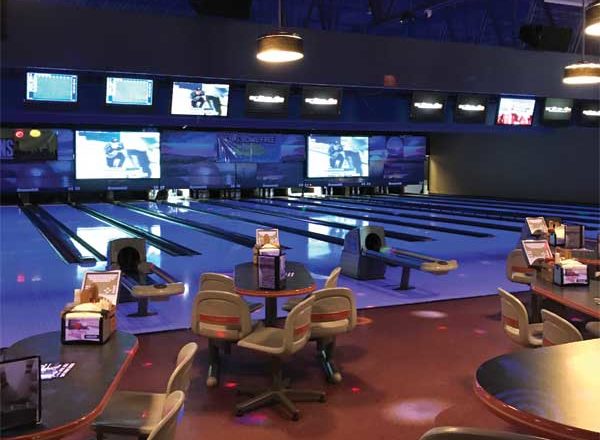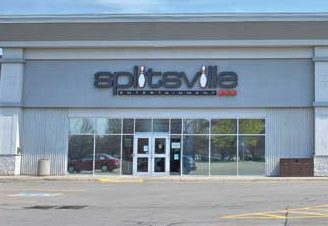This development, once a major problem for bowling alleys, is now seen as a way to save them. Splitsville was founded in 2006 with a vision to shatter negative perceptions of bowling with major renovations that would bring the latest and greatest display technology to the game. The result today is a state-of-the-art audiovisual (AV) experience that appeals to a generation once considered lost to the bowling industry.
“In the past, bowling was, for many, a sport,” says Haggerty. “Now it is considered entertainment first.”
With the significant generational shift from baby boomers to millennials, who are expected to represent 75 per cent of the labour workforce by 2025, it has been important for Splitsville to consider the changing demographics that will drive future interest in its bowling alleys.
“Millennials are much more tech-savvy,” says Haggerty. “We knew that with this shift, bowling would have to do something completely different to survive. It’s been a wakeup call.”
Haggerty and his team were inspired to create an experience “like The Keg’s restaurants,” which serve not just food and beverages, but also an AV extravaganza. The idea was to have digital signage permeate every aspect of a bowling venue, from the lounge areas to the lanes, showcasing a rolling visual smorgasbord of promotions, personalized celebratory notices, event reminders, music, advertising, acknowledgments and, on certain occasions, business presentations.
“I’ve heard the human attention span is now 60 per cent less than it used to be,” says Haggerty, “so people need stimuli that reach a whole bunch of their different senses. We had to move forward with that method of communicating with our audience.”
Planning placements
The plan was relatively simple in its concept. First, the bowling lanes—which number between 16 and 34, depending on the location—would be divided roughly into zones of six, with each zone featuring a drop-down 3 x 3.7-m (10 x 12-ft) display programmed to play its own music and on-screen content. As such, these screens could be managed independently from each other; and when not in use, they could be raised behind a masking unit by staff using a remote-control central switch at the front desk.
The walls behind the screens would also provide their own entertainment value. Splitsville suspended light-emitting diode (LED) digital projector systems to showcase its own branding, create a ‘wallpaper’ effect or present multiple image panes and messaging configured to suit the specific audience and time of day. Similar projectors were also installed in the party rooms, all of which were connected to the main system, with access to a satellite-based communications network via High-Definition Multimedia Interface (HDMI) cable or cellular port.
Projection systems are often an appealing alternative or complementary resource for digital signage networks, as they cost considerably less than large-format and interactive monitors spanning the same image size. The latest laser hybrid models can generate a 2.5-m (100-in.) ‘screen’ from a distance of just 0.6 m (24 in.) and up to 20,000 hours of lamp life, compared to the 5,000 to 8,000 hours of conventional systems. Some also feature an embedded browser to simplify the delivery of digital signage content.







